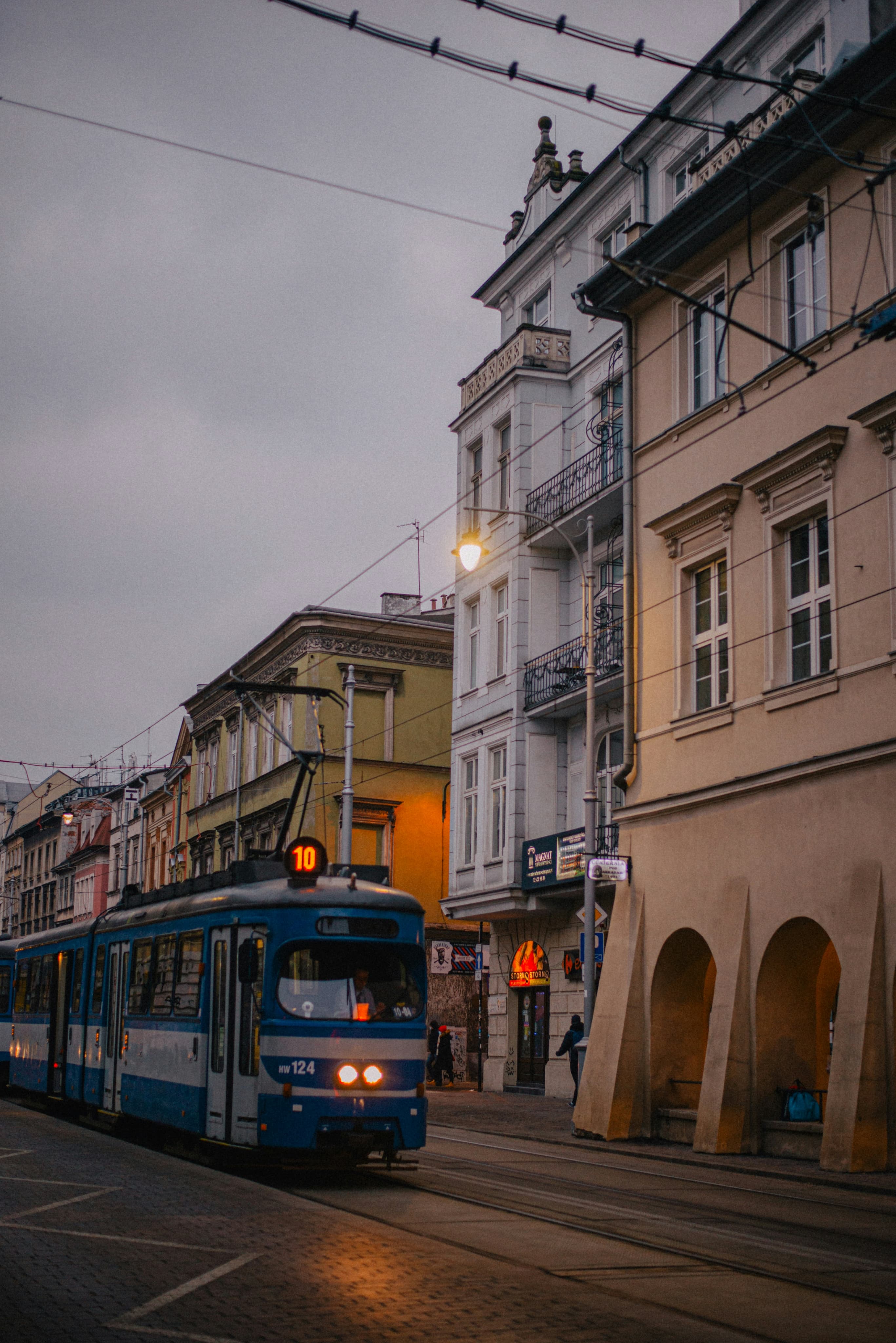3places
 The Romanian Revolution
The Romanian RevolutionPiata Revolutiei
 The Romanian Revolution
The Romanian RevolutionPiata Universitatii
 The Romanian Revolution
The Romanian RevolutionRomanian Television

 The Romanian Revolution
The Romanian RevolutionPiata Revolutiei
 The Romanian Revolution
The Romanian RevolutionPiata Universitatii
 The Romanian Revolution
The Romanian RevolutionRomanian Television

Iasi

Transylvania's Fortified Churches

Alba Iulia